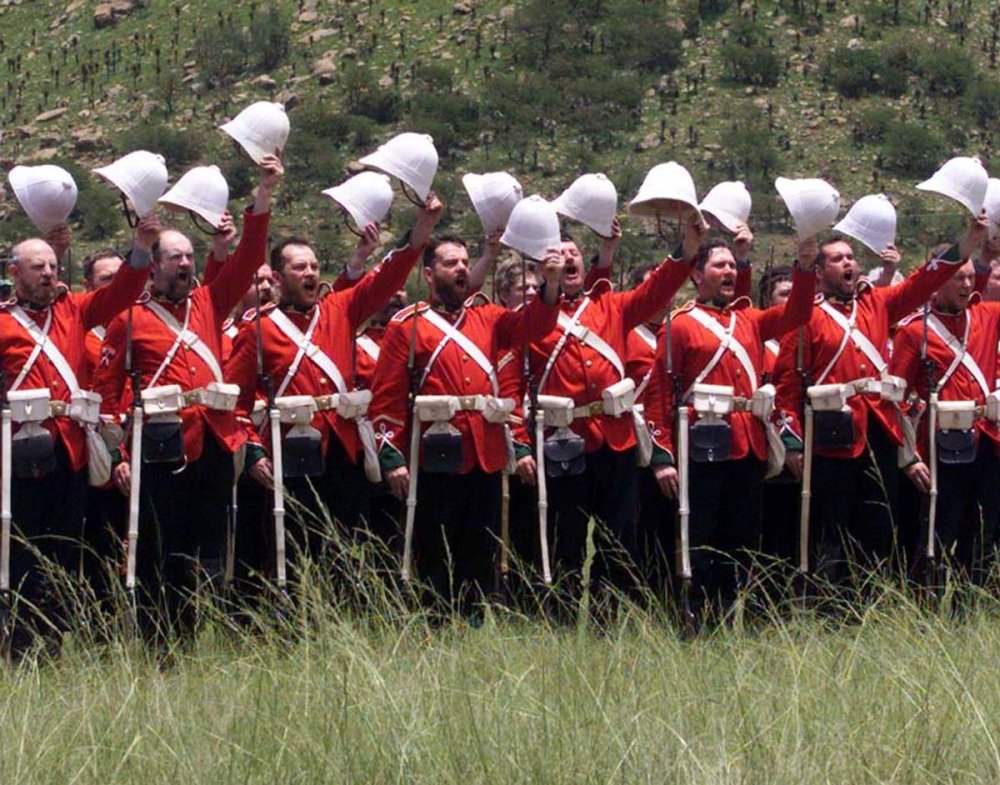Our story begins in the The Kingdom of Benin which, just to be confusing, is located in the southwest of present day Nigeria and not the nation of Benin, which is just a few kilometres west. Today, the old Benin Kingdom is known as Benin City.
The name “Benin” first appeared on maps in relation to the Bight of Benin – a bay of the Atlantic Ocean on the West Coast of Africa, in the Gulf of Guinea. Stretching from Cape St. Paul in Ghana, across Togo and Benin, and finishing at the mouth of the Niger River, on the central Nigerian Coast.
FOREIGN TRADE
After Europeans (Portuguese) first visited the area in 1472. First it was known as the Gold Coast, thanks to its rich Gold reserves. Later on, it garnered the regrettable title of the Slave Coast, as the Gulf of Guinea became the hub of the Atlantic slave trade.
It wasn’t until the 1600’s that the Europeans began to trade with the local tribal nations. Gold, Ivory, Cotton and Palm Oils were particularly popular. The West Africans were very talented sculptors, and their artworks had a significant influence on the Renaissance.
SLAVERY
The Slave trade was present in Saharan Africa before European arrival. Wars between tribes would result in the surviving members of the losing side being taken captive, and then sold off into servitude.
It was slaves from Benin that brought Voodoo to the Americas. Originally called Vodun, the practice evolved from the old African animistic religions, with a few bits of Christianity thrown in.
The present day Republic of Benin was then known as the Kingdom of Dahomey. The major tribes in Dahomey were the Yoruba, Adja, Bariba and the dominant Fon people. After several conflicts, the Kingdom of Dahomey became a French Colony in 1892.
The major tribes in what is now Nigeria, were the Hausa, Nupe, Igala, Kanuri, Benin, Gbagyi, Yoruba, Igbo, Ebira and the Tiv. Benin City, formerly the Benin Kingdom, was founded by the Edo Empire in the 13th century. This grand Nigerian city state was surrounded by a great circular wall, the biggest in the world at the time.
It was ruled over by the powerful King (Oba) Ovonramwen. The Oba traded extensively with both his African neighbours, and the European settlers, particularly the British. His kingdom was prosperous and well governed, with virtually no violent crime.
TRADING WITH THE OBA
The Benin Kingdom was unique in that it was still independent after the “Scramble for Africa”. This occurred in 1888. A meeting between all the European powers in Berlin produced an agreement as to how the African continent would be carved up amongst the colonists.
No Africans were invited to the meeting. Despite a few ramblings about furthering civilisation, the main goal of the colonists was economic, not humanitarian.
But in 1897, Oba Ovonramwen halted the sale of Palm Oil, in response to the extensive financial fraud in the region, by both Africans and Europeans. This annoyed the Brits. But their annoyance turned to rage after a small delegation led by Consul General James R. Phillips was sent to negotiate with the Oba.
BLOODSHED
The group was ambushed by the Oba’s men en route to the city. Every member of the delegation was killed, except for Commissioner Ralph Locke and Captain Alan Boisragon. Both men managed to hide in the forest, before escaping. Boisragon would later write a book about the experience.
Only a week later, the British Military under the command of Admiral Henry Rawson, journeyed upriver and launched a counterstrike, which became known as the Benin Expedition. A punitive force of 1200 soldiers took the great city with relative ease, slaughtering many of the locals and only losing a handful of soldiers on their own side.
The exact number of casualties is unknown. In addition, the British soldiers were horrified to find piles of decapitated villagers, who had been used in human sacrifice rituals by the Oba. These rituals were an important part of the state religion in Benin City.
Despite this shock, they still had the temerity to steal away with an abundance of local treasures, before setting the city on fire and leaving. These looted artefacts became known as the Benin Bronzes.
The King was captured after fleeing the conflict, and was exiled to the city of Calabar. He was robbed of the extensive strings of Red Coral he was wearing, which he said were stolen by his “own boys”.
AFTERMATH
The Benin Kingdom was then merged with other British colonies and protectorates in the region, to form the new country of Nigeria in 1914.
Nigerian independence was granted in 1960. Today it has the largest economy and population in Africa. At the time of writing, Benin City is home to 1.8 million citizens.
Dahomey won its independence from France, also in 1960. Fifteen years later, Marxist President Lt. Col. Mathieu Kerekou renamed the country the Peoples Republic of Benin.
However, on the 1st of March 1991, a new constitution was written, and the countries name was simplified to the Republic of Benin.


